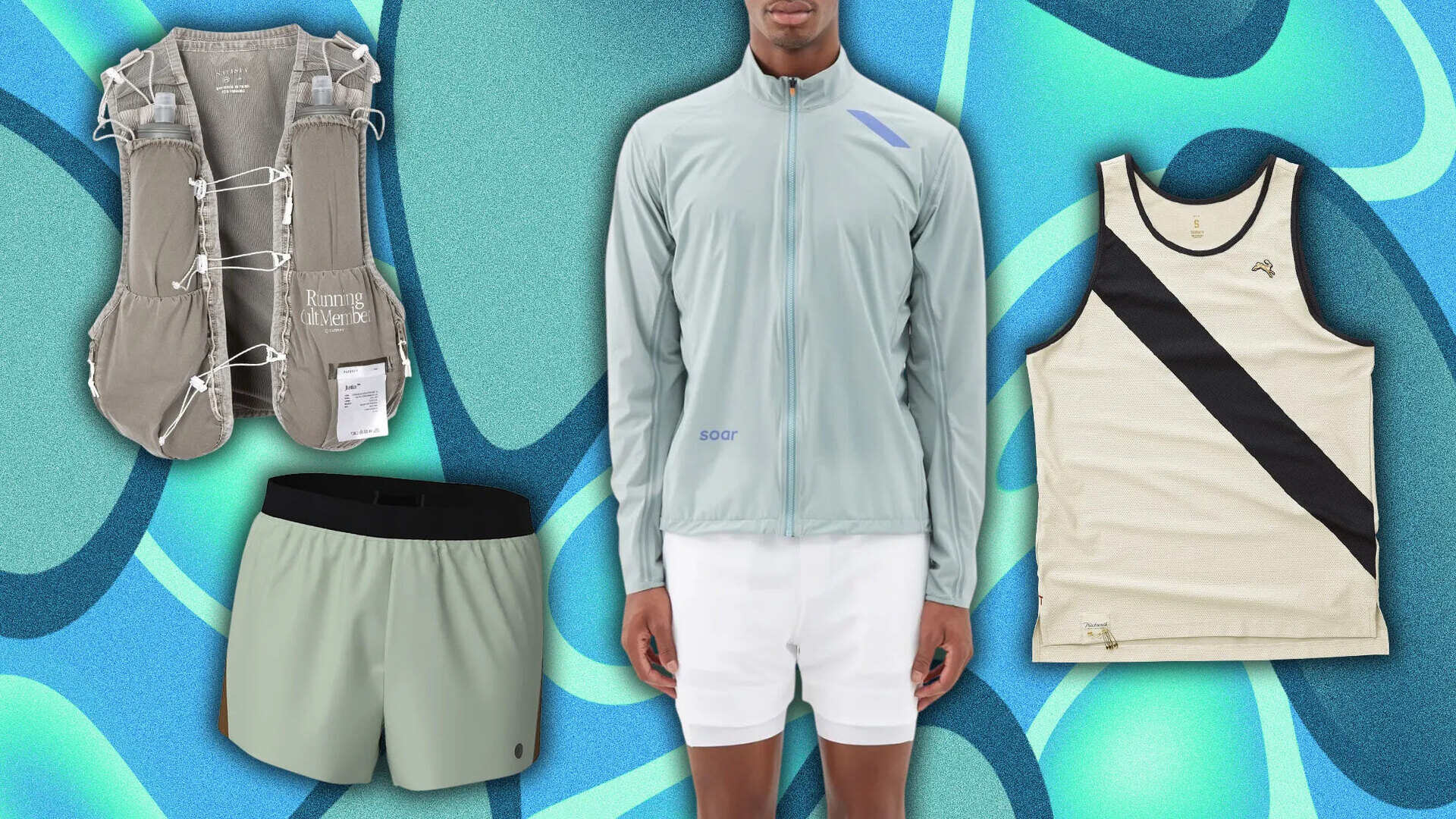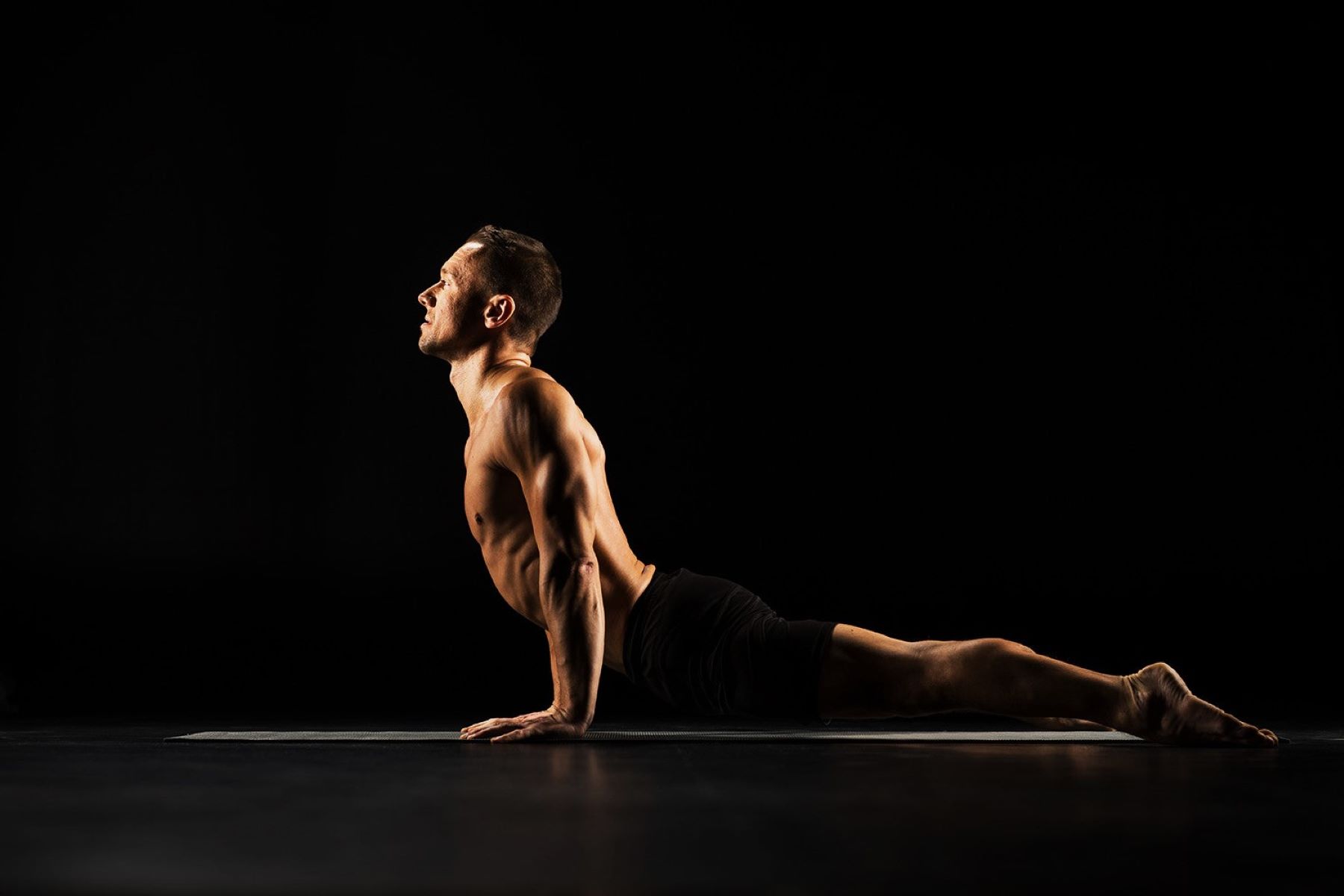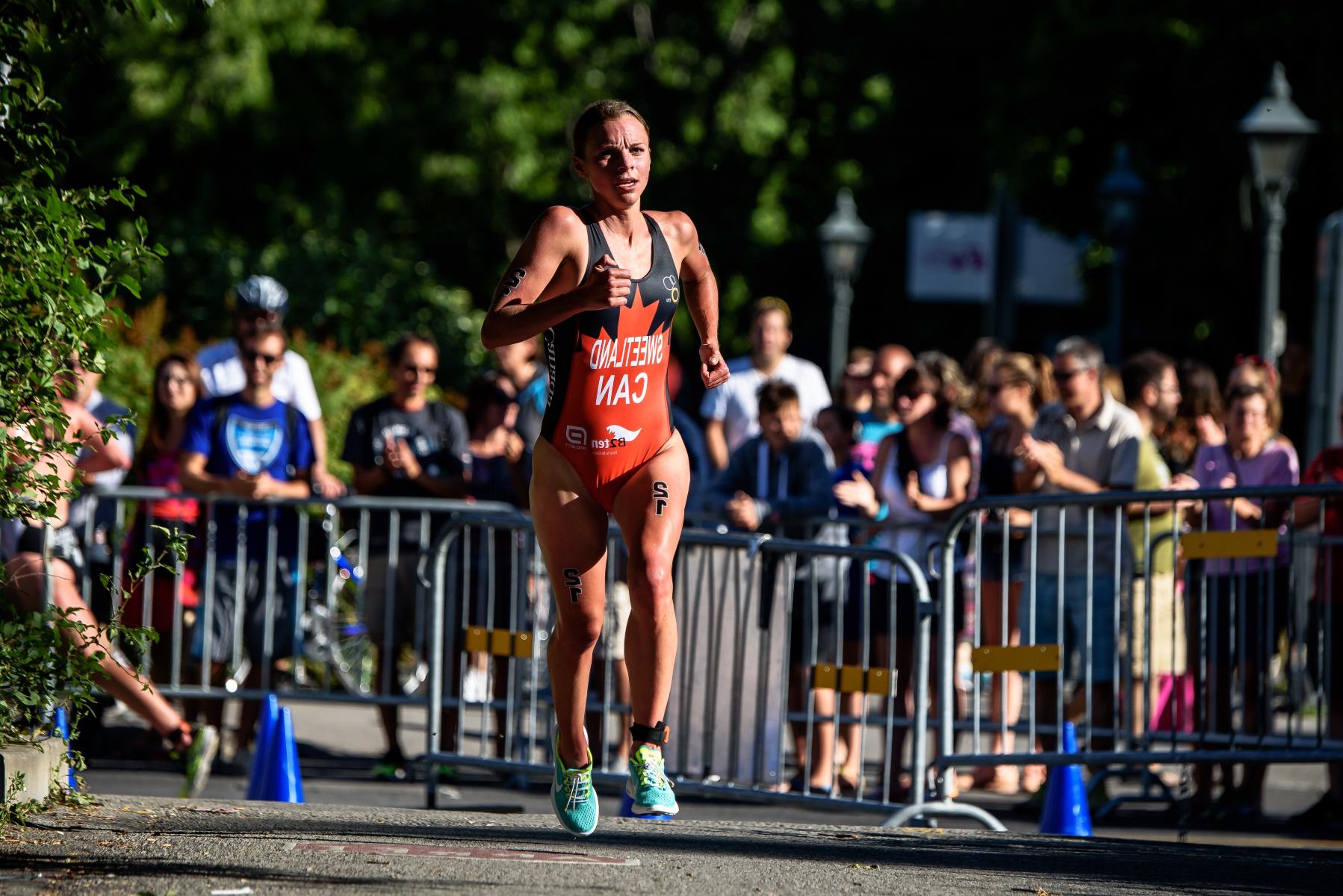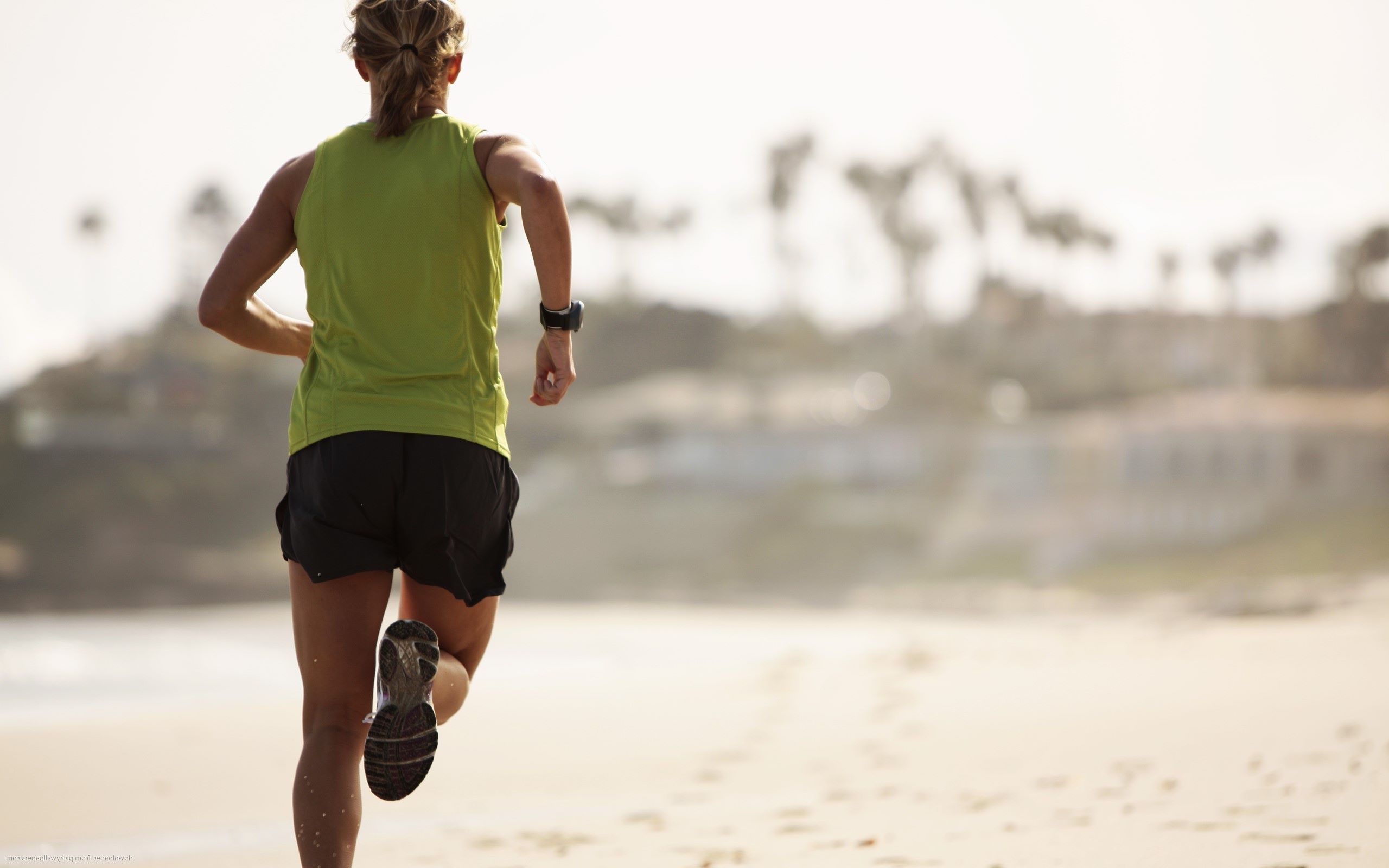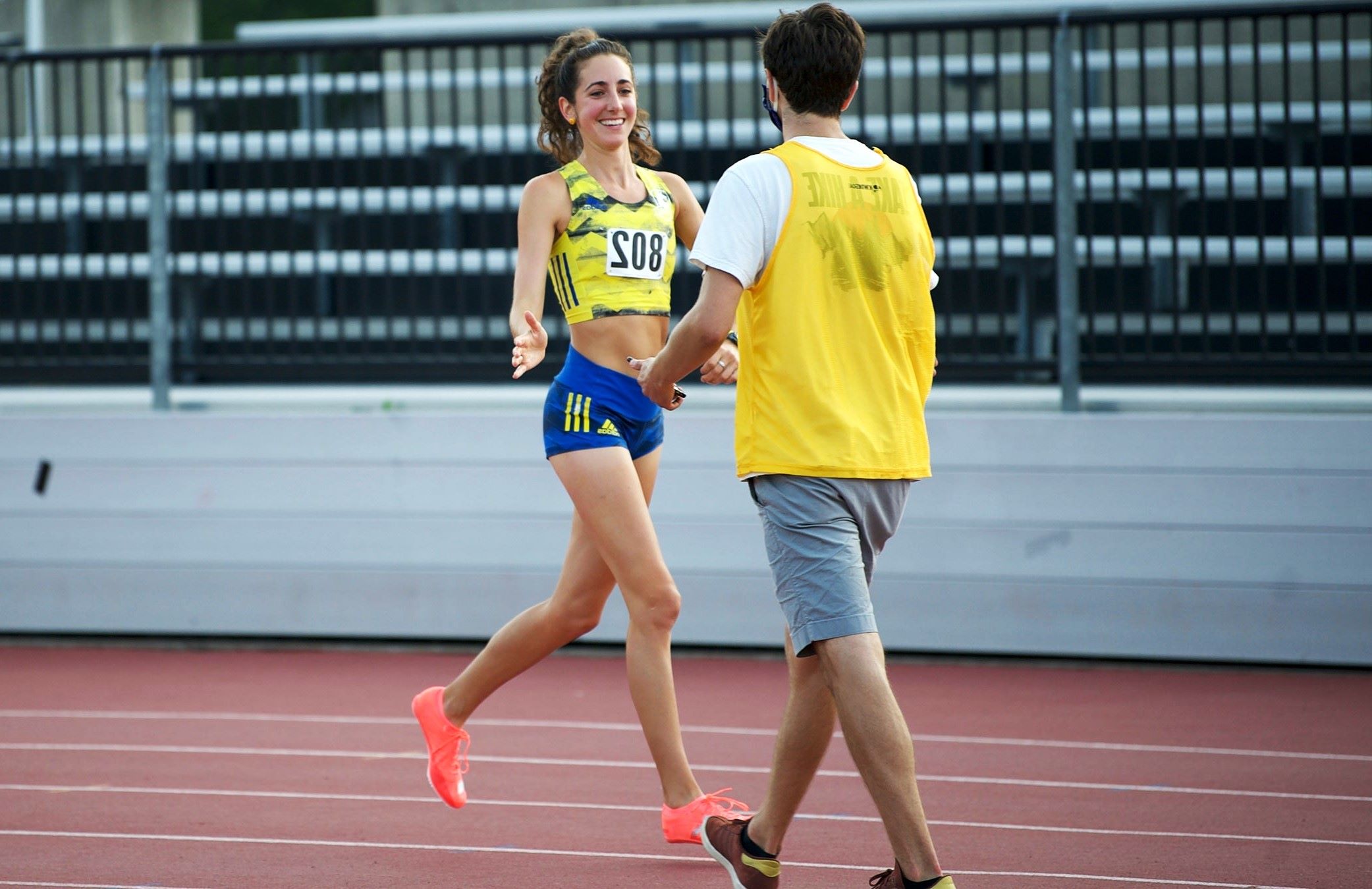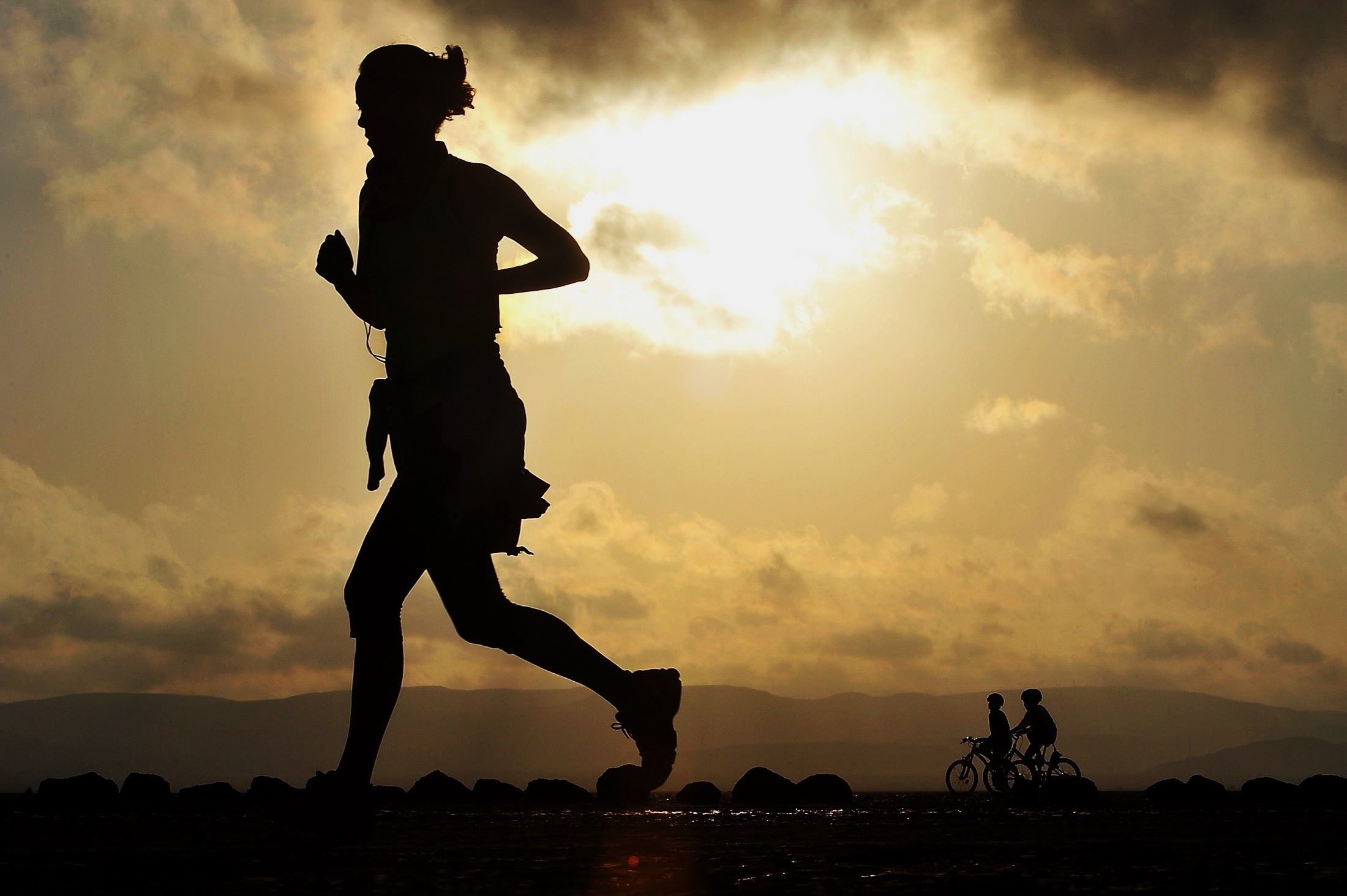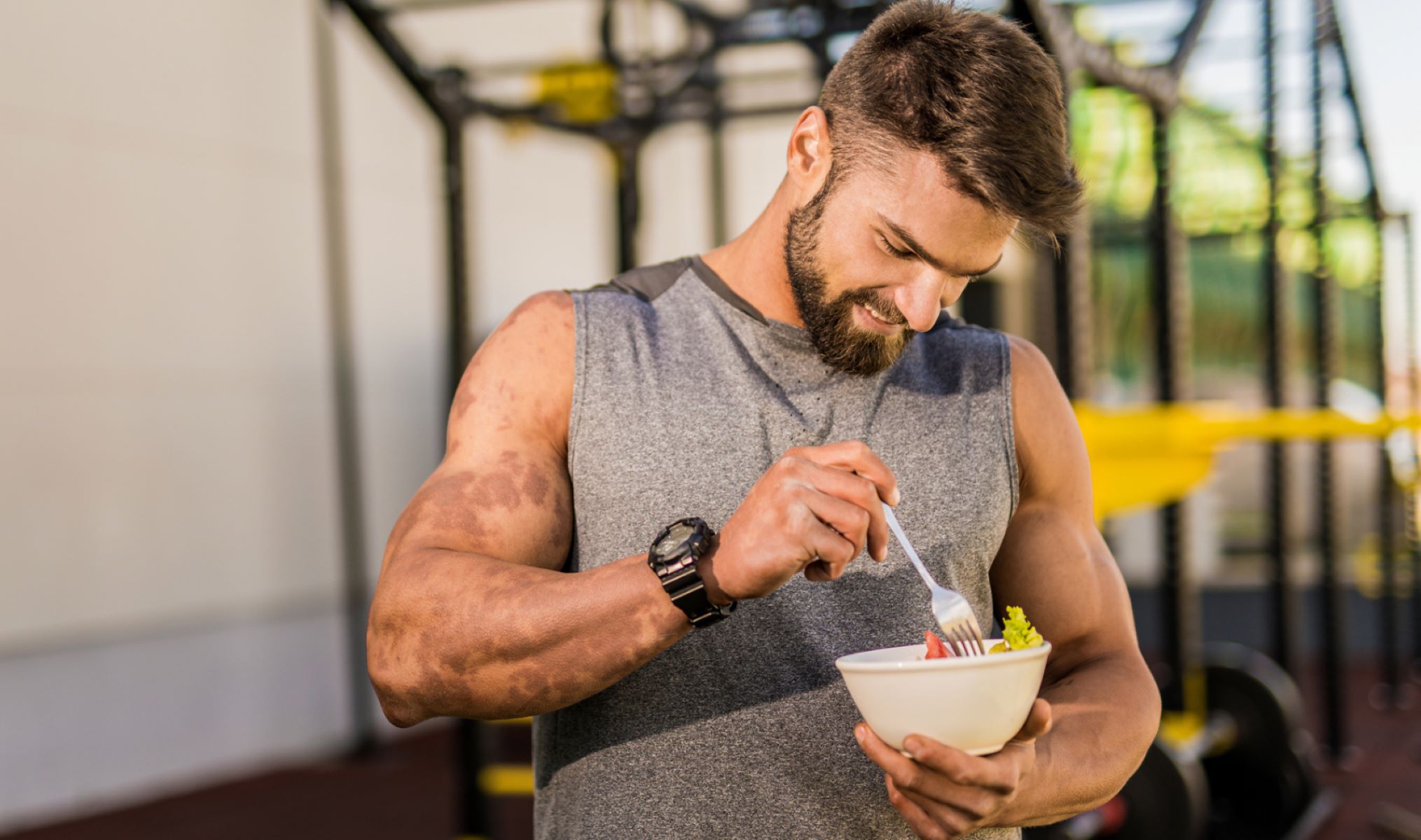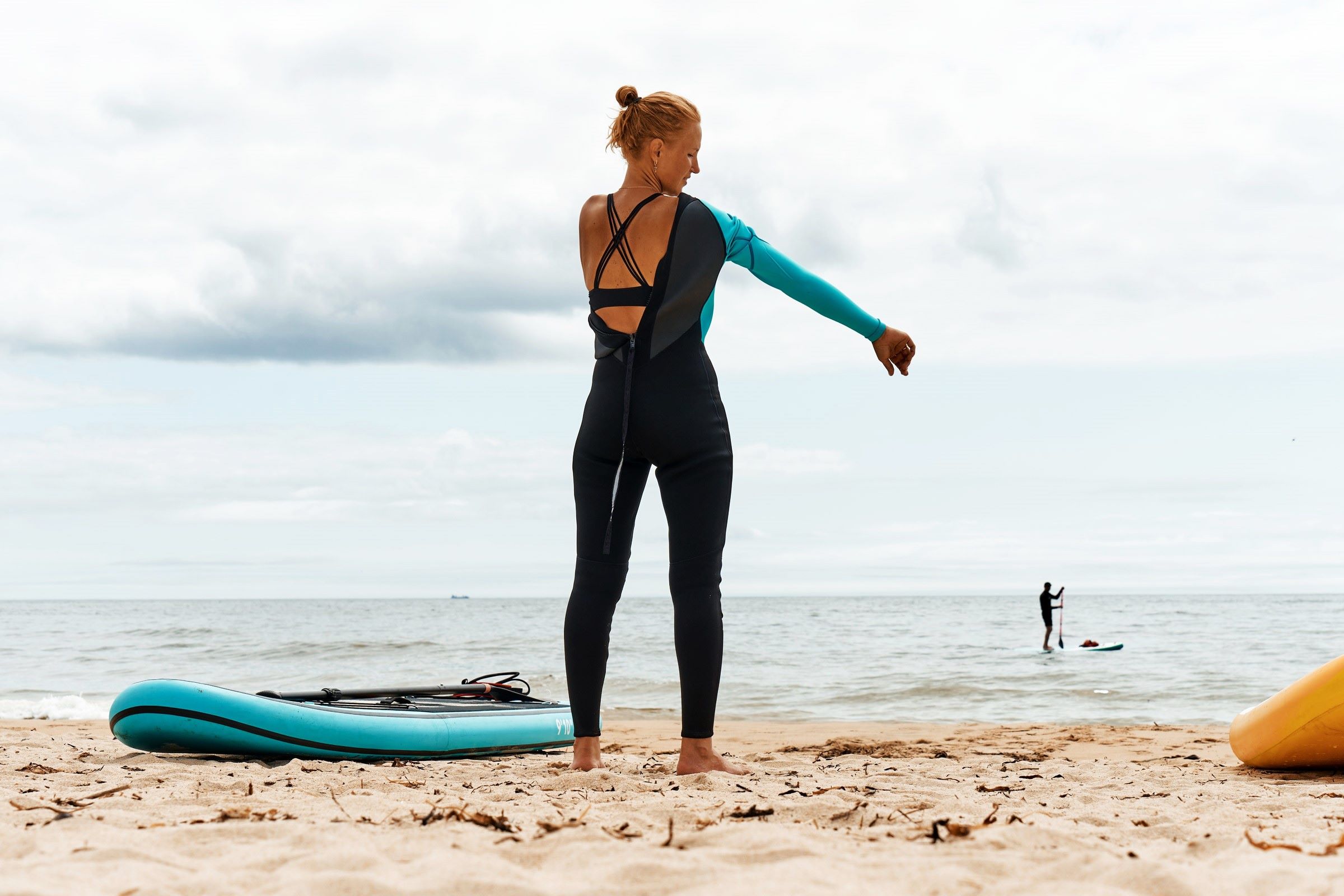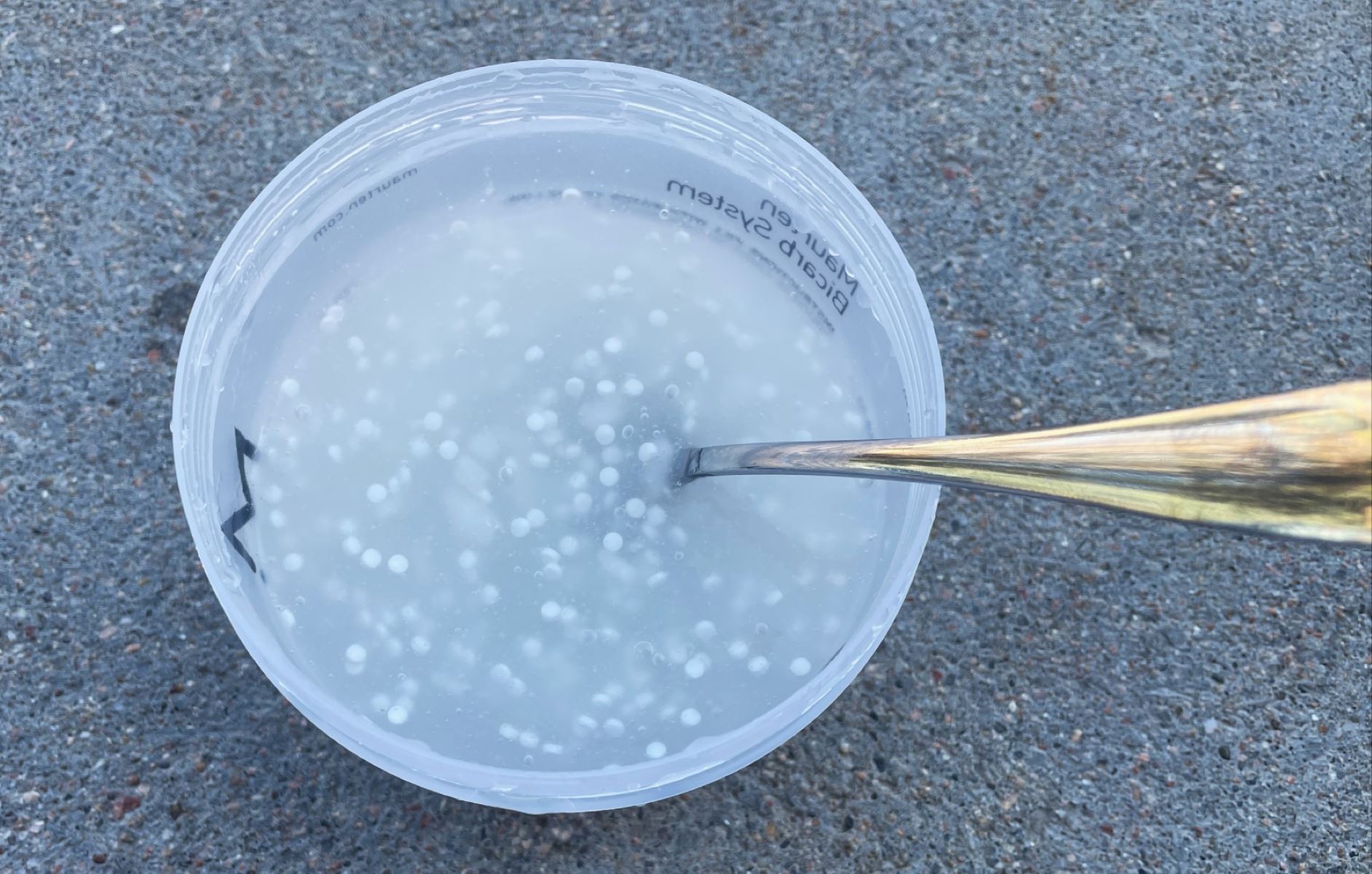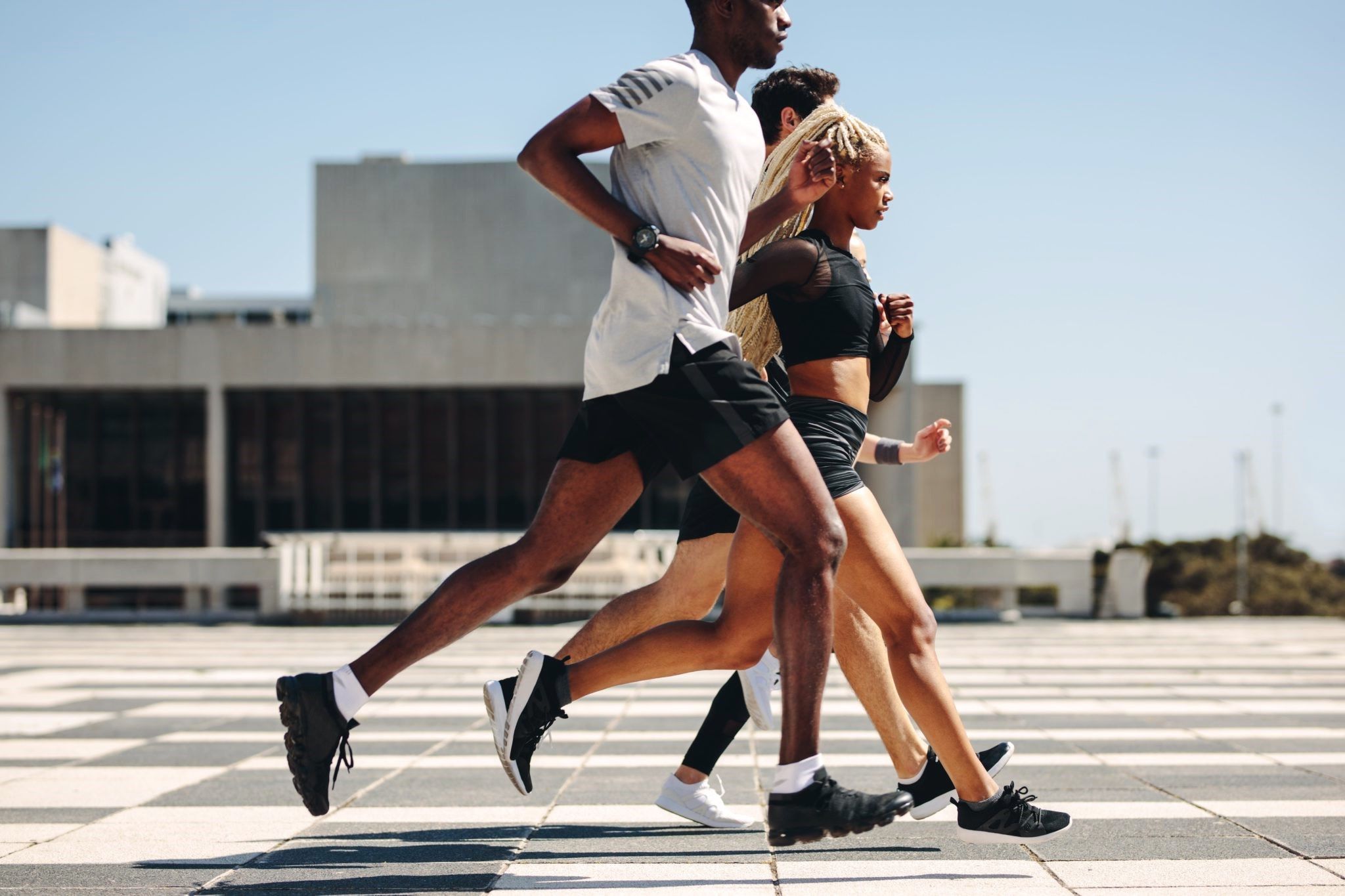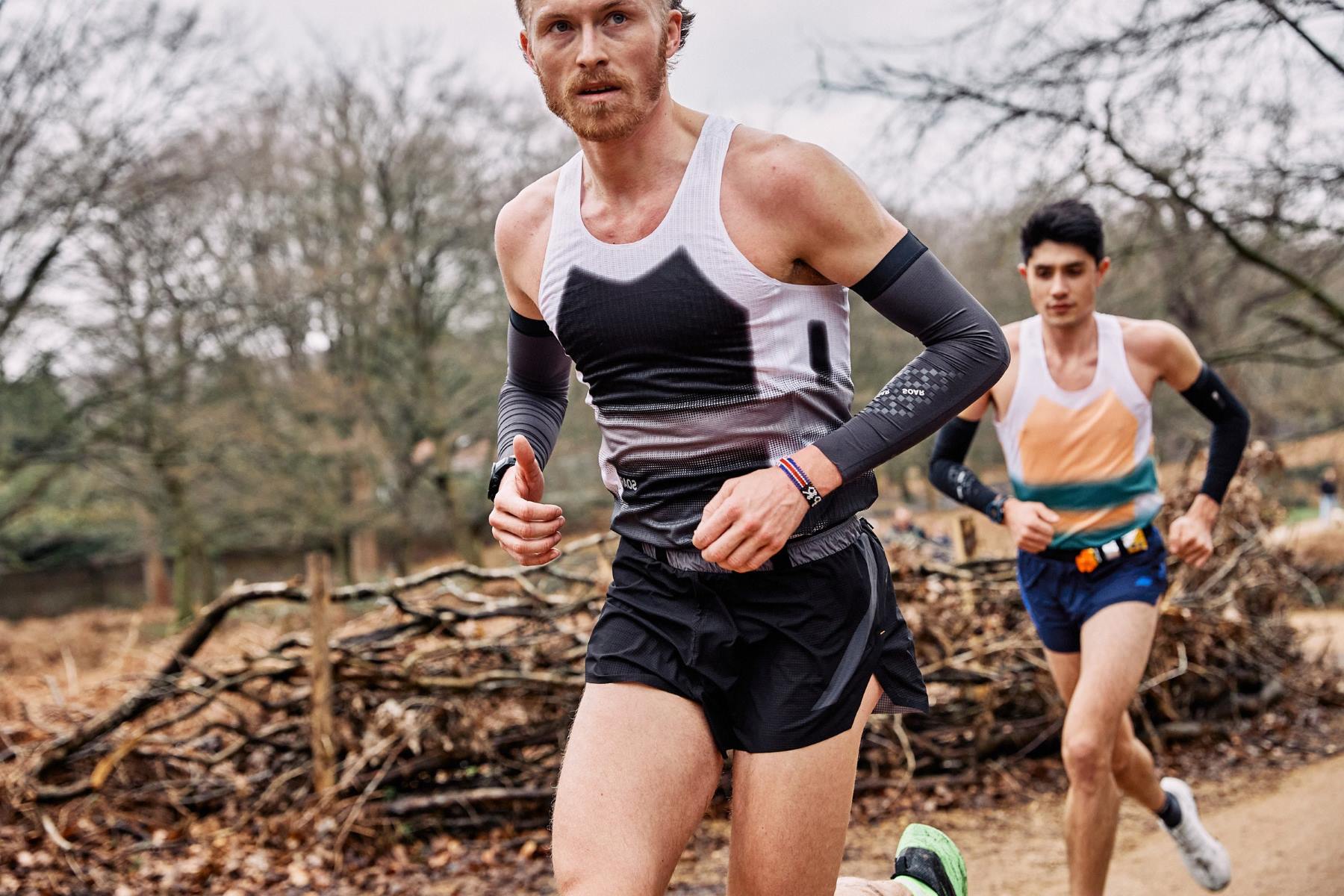Home>Gear & Reviews>Running Gear Guide For Beginner Triathletes
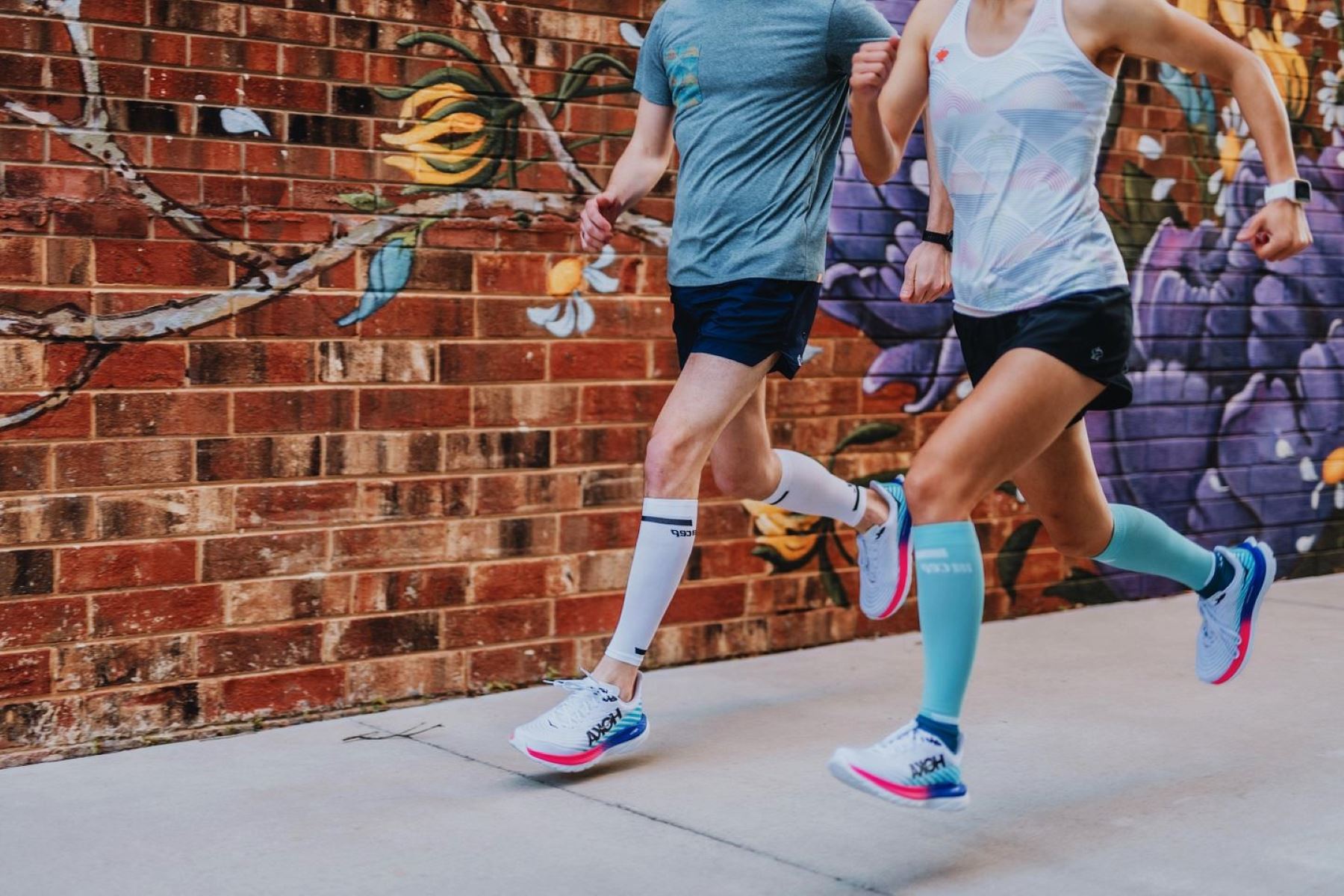

Gear & Reviews
Running Gear Guide For Beginner Triathletes
Published: March 6, 2024
Looking for the best gear and reviews for beginner triathletes? Our comprehensive running gear guide has everything you need to get started on the right foot.
(Many of the links in this article redirect to a specific reviewed product. Your purchase of these products through affiliate links helps to generate commission for Therunningadvisor.com, at no extra cost. Learn more)
Table of Contents
Essential Running Gear
When it comes to starting out as a beginner triathlete, having the right running gear is essential for a successful and enjoyable experience. The right gear can make a significant difference in your performance and overall comfort during training and races. Here are some essential running gear items that every beginner triathlete should consider investing in:
1. Running Shoes
The most important piece of running gear for any triathlete is a good pair of running shoes. It's crucial to invest in a pair of shoes that are specifically designed for running and provide proper support and cushioning. Visit a specialty running store to get fitted for the right shoes based on your foot type and running gait.
2. Moisture-Wicking Clothing
Invest in moisture-wicking clothing to keep you dry and comfortable during your runs. Look for lightweight, breathable tops and bottoms that will help wick sweat away from your body, preventing chafing and irritation.
3. Hydration Gear
Staying hydrated is key for optimal performance, especially during longer runs and races. Consider investing in a hydration belt, handheld water bottle, or a hydration vest to carry water and stay hydrated on the go.
4. Nutrition
For longer runs and races, it's important to have the right nutrition to fuel your body. Consider carrying energy gels, chews, or hydration tablets to replenish electrolytes and maintain energy levels during your runs.
Read more: Sprinting Technique: A Beginner’s Guide
5. Reflective Gear
Safety should always be a top priority when running, especially in low-light conditions. Invest in reflective gear such as a lightweight vest, LED armbands, or reflective ankle bands to ensure you're visible to drivers and other runners.
6. Running Watch
A reliable running watch can help you track your pace, distance, and heart rate, providing valuable data to monitor your progress and performance. Look for a watch with GPS capabilities and other features that align with your training needs.
7. Socks
Invest in a few pairs of moisture-wicking, blister-resistant socks to keep your feet dry and comfortable during your runs. Proper socks can help prevent blisters and discomfort, allowing you to focus on your training without distractions.
8. Hat or Visor
A lightweight, breathable hat or visor can provide protection from the sun and help keep sweat out of your eyes, enhancing your overall comfort during runs in sunny conditions.
As a beginner triathlete, having the right running gear can set you up for success and make your training and races more enjoyable. Investing in quality gear that aligns with your specific needs and preferences will contribute to a positive running experience as you progress in your triathlon journey.
Choosing the Right Running Shoes
The most crucial gear for any runner is a good pair of running shoes. When it comes to choosing the right running shoes, there are several factors to consider to ensure that you find the perfect fit for your feet and running style. Here are some essential tips for selecting the right running shoes:
-
Get Fitted: Visit a specialty running store where experienced staff can analyze your foot type and running gait. They will conduct a gait analysis to determine whether you have a neutral, overpronation, or underpronation (supination) foot strike. This information will help in selecting the right type of shoe that provides the necessary support and stability.
-
Consider Cushioning: The level of cushioning in running shoes can vary. Some runners prefer more cushioning for added comfort and shock absorption, while others may opt for a more minimalist design. Consider your comfort preferences and the type of surfaces you'll be running on when choosing the level of cushioning that's right for you.
-
Know Your Running Terrain: If you primarily run on roads, you may want to choose running shoes with ample cushioning and support for impact absorption. For trail running, look for shoes with a more aggressive tread pattern and added protection to navigate uneven terrain.
-
Try Them On: It's essential to try on multiple pairs of running shoes to find the best fit. When trying on shoes, wear the same type of socks you would typically wear for running, and make sure there's enough room in the toe box to prevent discomfort and potential toenail issues.
-
Test Them Out: Once you've found a few potential options, take them for a test run. Many specialty running stores have treadmills or a designated area where you can jog in the shoes to assess their comfort, fit, and performance.
-
Replace When Necessary: Running shoes have a limited lifespan, typically around 300-500 miles, depending on factors such as your running style, body weight, and the terrain you run on. It's important to replace your running shoes when they show signs of wear and no longer provide adequate support and cushioning.
By considering these factors and taking the time to find the right running shoes, you can significantly reduce the risk of discomfort, injury, and performance issues. Investing in a quality pair of running shoes that align with your specific needs and running style is a crucial step in your journey as a beginner triathlete.
Clothing for Running
When it comes to running, the right clothing can make a significant difference in your comfort and performance. Here are some essential tips for choosing the right clothing for running:
-
Moisture-Wicking Fabrics: Opt for clothing made from moisture-wicking fabrics such as polyester or merino wool. These materials help pull sweat away from your skin, keeping you dry and comfortable during your runs.
-
Layering: Dressing in layers allows you to adjust to changing temperatures and conditions. Start with a moisture-wicking base layer, add a lightweight insulating layer if it's cold, and top it off with a windproof and water-resistant outer layer when necessary.
-
Proper Fit: Choose clothing that fits comfortably without being too loose or too tight. Avoid any chafing or discomfort by opting for running-specific clothing that allows for a full range of motion.
-
Reflective Elements: For running in low-light conditions, consider clothing with reflective elements to enhance your visibility to others, such as drivers and other runners.
-
Protective Accessories: In sunny conditions, consider wearing a lightweight, breathable hat or visor to shield your face from the sun and keep sweat out of your eyes. Sunglasses with UV protection can also help protect your eyes from the sun's glare.
-
Compression Gear: Some runners find compression gear, such as compression shorts or tights, beneficial for muscle support and improved circulation. Experiment with compression gear to see if it enhances your running experience.
-
Specialized Socks: Invest in moisture-wicking, blister-resistant socks to keep your feet dry and comfortable during your runs. Proper socks can help prevent blisters and discomfort, allowing you to focus on your training without distractions.
By choosing the right clothing for running, you can ensure that you stay comfortable, dry, and protected during your runs, allowing you to focus on your performance and enjoyment of the sport.
Hydration and Nutrition for Running
Proper hydration and nutrition are vital components of a successful running regimen. As a beginner triathlete, understanding how to fuel and hydrate your body during training and races is essential for performance and overall well-being. Here's a detailed look at hydration and nutrition for running:
Hydration
-
Pre-Run Hydration: Start your run adequately hydrated by consuming water or a sports drink beforehand. Aim to drink about 16-20 ounces of water 1-2 hours before your run to ensure proper hydration.
-
During-Run Hydration: For longer runs, it's crucial to replenish fluids while on the go. Consider carrying a handheld water bottle, wearing a hydration belt, or using a hydration vest to have easy access to fluids during your run. Aim to drink 4-6 ounces of water or sports drink every 20 minutes to maintain hydration levels.
-
Post-Run Hydration: After completing your run, focus on rehydrating by consuming fluids to replace the water and electrolytes lost through sweat. Water, sports drinks, and electrolyte-enhanced beverages can aid in the rehydration process.
Read more: Open-Water Swimming: A Beginner’s Guide
Nutrition
-
Pre-Run Fueling: Before a run, it's essential to consume a light meal or snack that provides easily digestible carbohydrates for quick energy. Opt for foods such as a banana, toast with jam, or an energy bar about 30-60 minutes before your run.
-
During-Run Nutrition: For longer runs and races, consider carrying energy gels, chews, or hydration tablets to replenish electrolytes and maintain energy levels. Experiment with different forms of nutrition to find what works best for you during extended periods of physical exertion.
-
Post-Run Recovery: After completing a run, focus on refueling your body with a combination of carbohydrates and protein to aid in muscle recovery and glycogen replenishment. Consuming a balanced post-run meal or snack within 30-60 minutes of finishing your run can support your body's recovery process.
By prioritizing proper hydration and nutrition for running, you can optimize your performance, reduce the risk of dehydration and fatigue, and support your overall health and well-being as you progress in your journey as a beginner triathlete.
Safety Gear for Running
-
Reflective Clothing: Invest in reflective gear such as a lightweight vest, LED armbands, or reflective ankle bands to ensure you're visible to drivers and other runners, especially when running in low-light conditions.
-
Headlamp or Handheld Light: For running in the early morning or evening when visibility is limited, a headlamp or handheld light can help illuminate your path and make you more visible to others.
-
Identification and Emergency Information: Carry identification and emergency contact information with you, especially on longer runs. Consider using a wearable ID tag or carrying a form of identification in case of an emergency.
-
Pepper Spray or Personal Alarm: For added safety, especially when running in isolated or unfamiliar areas, consider carrying pepper spray or a personal alarm for self-defense and to attract attention in case of danger.
-
Road ID or Tracking Device: Consider using a wearable tracking device or a Road ID that provides real-time location tracking and can be used to alert emergency contacts in case of an accident or injury.
-
First Aid Kit: For longer trail runs or races, carrying a compact first aid kit with essentials such as bandages, antiseptic wipes, and blister treatment can be beneficial in addressing minor injuries or discomfort.
-
Weather-Appropriate Gear: In inclement weather, such as rain or extreme heat, ensure you have the appropriate gear to stay safe and comfortable. This may include a lightweight waterproof jacket, a hat for sun protection, or cold-weather running gear.
-
Cell Phone: Always carry a charged cell phone with you in case of emergencies. Ensure that your phone is easily accessible and consider using a running belt or armband to keep it secure during your runs.
By prioritizing safety gear for running, you can minimize potential risks and ensure that you're prepared for various situations that may arise during your runs.
Accessories for Running
-
Running Watch: A reliable running watch can help you track your pace, distance, and heart rate, providing valuable data to monitor your progress and performance. Look for a watch with GPS capabilities and other features that align with your training needs.
-
Socks: Invest in a few pairs of moisture-wicking, blister-resistant socks to keep your feet dry and comfortable during your runs. Proper socks can help prevent blisters and discomfort, allowing you to focus on your training without distractions.
-
Hat or Visor: A lightweight, breathable hat or visor can provide protection from the sun and help keep sweat out of your eyes, enhancing your overall comfort during runs in sunny conditions.
-
Running Belt or Waist Pack: Consider using a running belt or waist pack to carry essentials such as your phone, keys, ID, and energy gels during your runs. Look for a comfortable, adjustable belt with multiple pockets for convenient storage.
-
Wireless Headphones: For those who enjoy listening to music or podcasts while running, wireless headphones can provide a tangle-free and secure listening experience. Look for sweat-resistant and comfortable headphones designed for active use.
-
Compression Sleeves: Some runners find compression sleeves beneficial for muscle support and improved circulation. Compression sleeves can help reduce muscle fatigue and aid in recovery during and after runs.
-
Running Sunglasses: Invest in a pair of running-specific sunglasses with UV protection to shield your eyes from the sun's glare and protect them from debris. Look for lightweight, comfortable sunglasses designed for active use.
-
Blister Prevention Products: Consider carrying blister prevention products such as adhesive bandages, blister pads, or lubricants to address any hot spots or discomfort during your runs. These products can help prevent blisters and alleviate friction.
-
Race Belt: If you plan to participate in triathlons or running events, a race belt can be a convenient accessory for attaching your race number without the need for safety pins. Look for an adjustable, lightweight belt for hassle-free race day preparation.
-
Foam Roller or Massage Tools: Incorporating foam rolling and massage tools into your post-run recovery routine can help alleviate muscle tightness and soreness. Consider using a foam roller, massage stick, or massage ball to aid in muscle recovery.
By incorporating these accessories into your running gear arsenal, you can enhance your overall running experience and ensure that you're equipped with the tools and gear to support your training and races.

